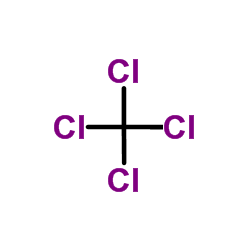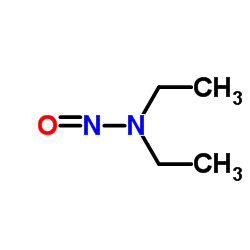Epidermal growth factor receptor inhibition attenuates liver fibrosis and development of hepatocellular carcinoma.
Bryan C Fuchs, Yujin Hoshida, Tsutomu Fujii, Lan Wei, Suguru Yamada, Gregory Y Lauwers, Christopher M McGinn, Danielle K DePeralta, Xintong Chen, Toshihiko Kuroda, Michael Lanuti, Anthony D Schmitt, Supriya Gupta, Andrew Crenshaw, Robert Onofrio, Bradley Taylor, Wendy Winckler, Nabeel Bardeesy, Peter Caravan, Todd R Golub, Kenneth K Tanabe
文献索引:Hepatology 59(4) , 1577-90, (2014)
全文:HTML全文
摘要
Hepatocellular carcinoma (HCC) is the most rapidly increasing cause of cancer-related mortality in the United States. Because of the lack of viable treatment options for HCC, prevention in high-risk patients has been proposed as an alternative strategy. The main risk factor for HCC is cirrhosis and several lines of evidence implicate epidermal growth factor (EGF) in the progression of cirrhosis and development of HCC. We therefore examined the effects of the EGF receptor (EGFR) inhibitor erlotinib on liver fibrogenesis and hepatocellular transformation in three different animal models of progressive cirrhosis: a rat model induced by repeated, low-dose injections of diethylnitrosamine (DEN), a mouse model induced by carbon tetrachloride (CCl4 ), and a rat model induced by bile duct ligation (BDL). Erlotinib reduced EGFR phosphorylation in hepatic stellate cells (HSC) and reduced the total number of activated HSC. Erlotinib also decreased hepatocyte proliferation and liver injury. Consistent with all these findings, pharmacological inhibition of EGFR signaling effectively prevented the progression of cirrhosis and regressed fibrosis in some animals. Moreover, by alleviating the underlying liver disease, erlotinib blocked the development of HCC and its therapeutic efficacy could be monitored with a previously reported gene expression signature predictive of HCC risk in human cirrhosis patients.These data suggest that EGFR inhibition using Food and Drug Administration-approved inhibitors provides a promising therapeutic approach for reduction of fibrogenesis and prevention of HCC in high-risk cirrhosis patients who can be identified and monitored by gene expression signatures.© 2014 by the American Association for the Study of Liver Diseases.
相关化合物
| 结构式 | 名称/CAS号 | 分子式 | 全部文献 |
|---|---|---|---|
 |
四氯化碳
CAS:56-23-5 |
CCl4 | |
 |
N-二乙基亚硝胺
CAS:55-18-5 |
C4H10N2O |
|
Cranberry flavonoids prevent toxic rat liver mitochondrial d...
2015-06-01 [Cell Biochem. Funct. 33 , 202-10, (2015)] |
|
Synthesis and Properties of a Novel Pyridineoxazoline Contai...
2015-08-01 [Chirality 27 , 523-31, (2015)] |
|
Optimized Dispersive Liquid-Liquid Microextraction Method an...
2015-01-01 [J. AOAC Int. 98 , 962-70, (2015)] |
|
Convenient QSAR model for predicting the complexation of str...
2009-01-01 [Bioorg. Med. Chem. 17 , 896-904, (2009)] |
|
The Japanese toxicogenomics project: application of toxicoge...
2010-02-01 [Mol. Nutr. Food. Res. 54 , 218-27, (2010)] |